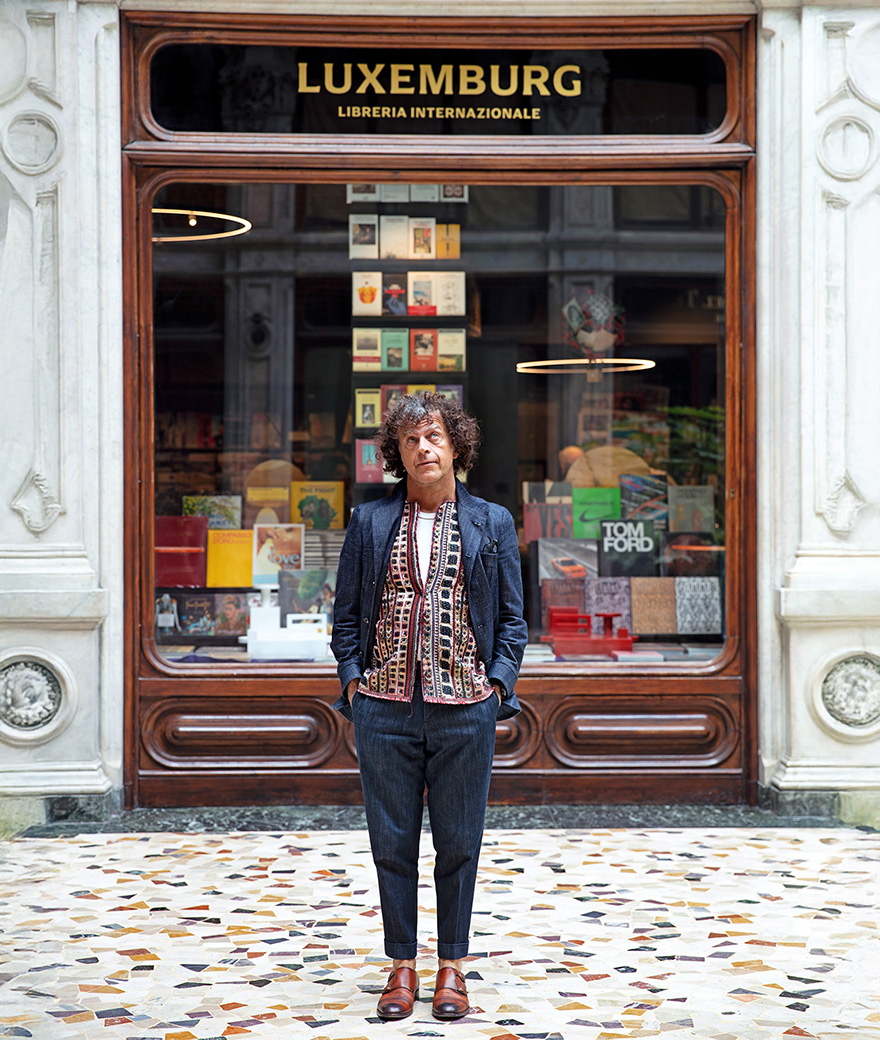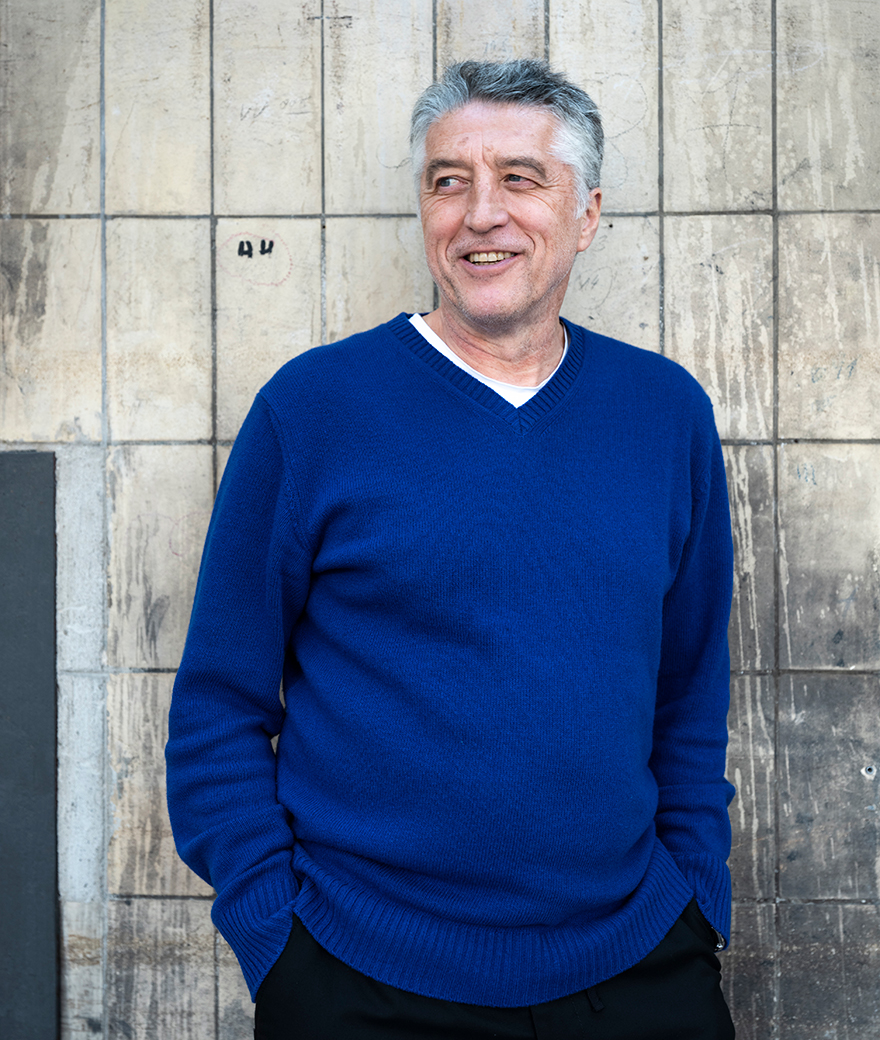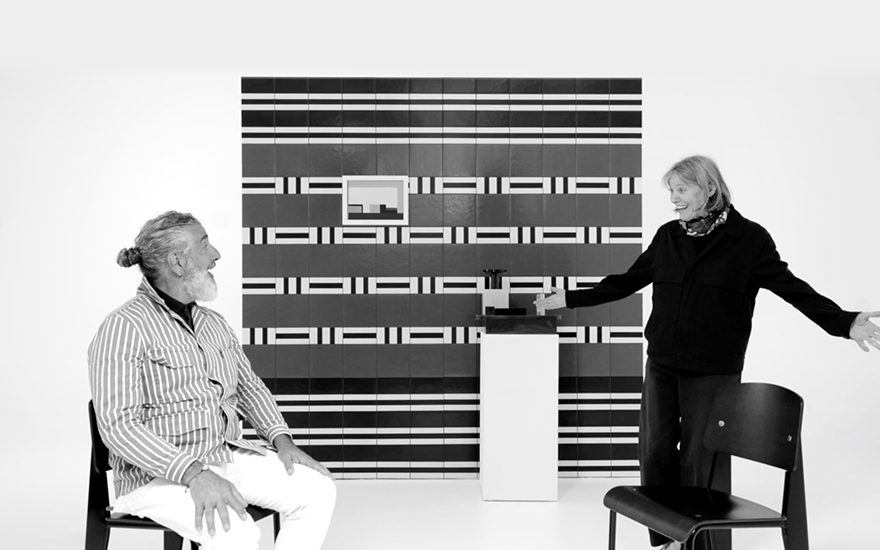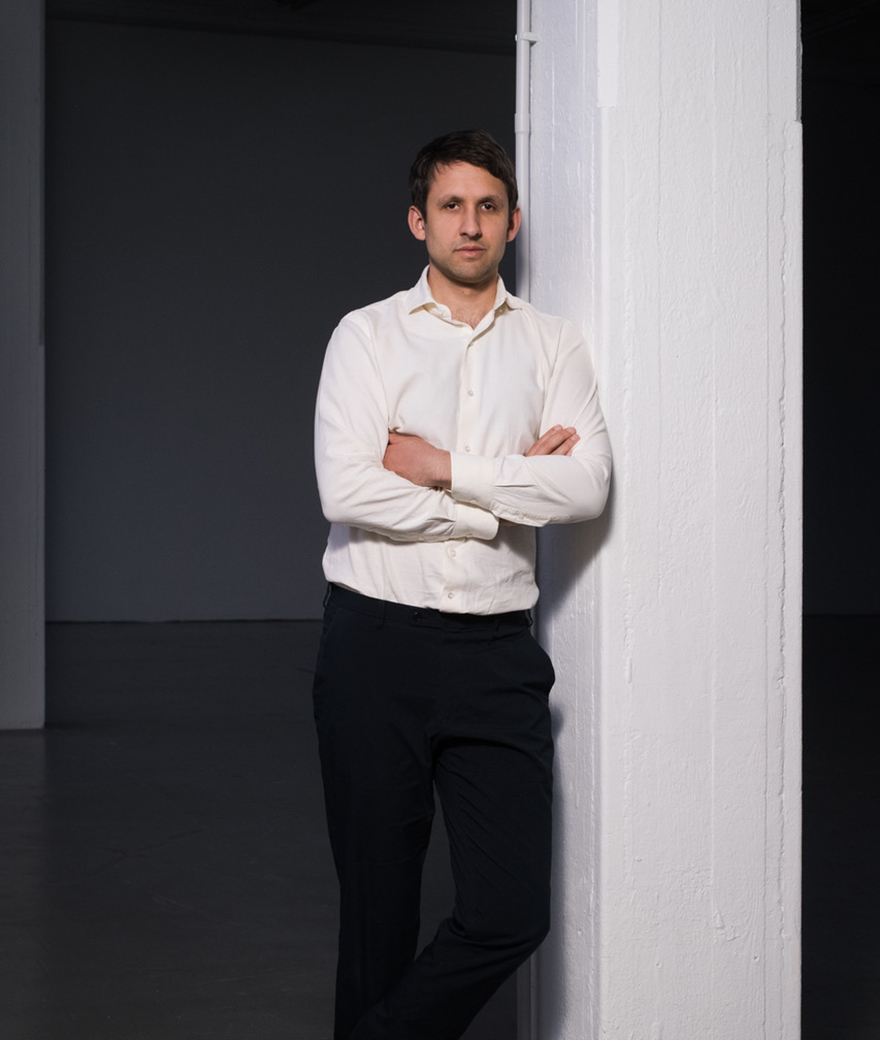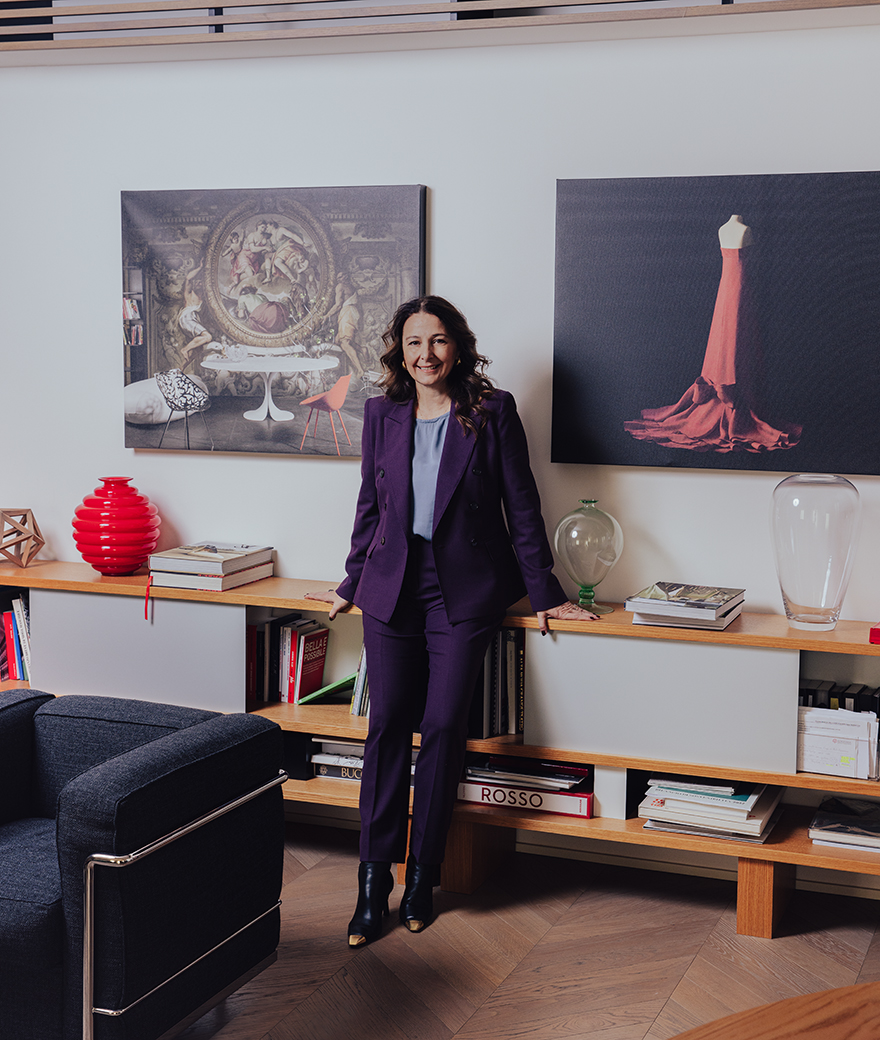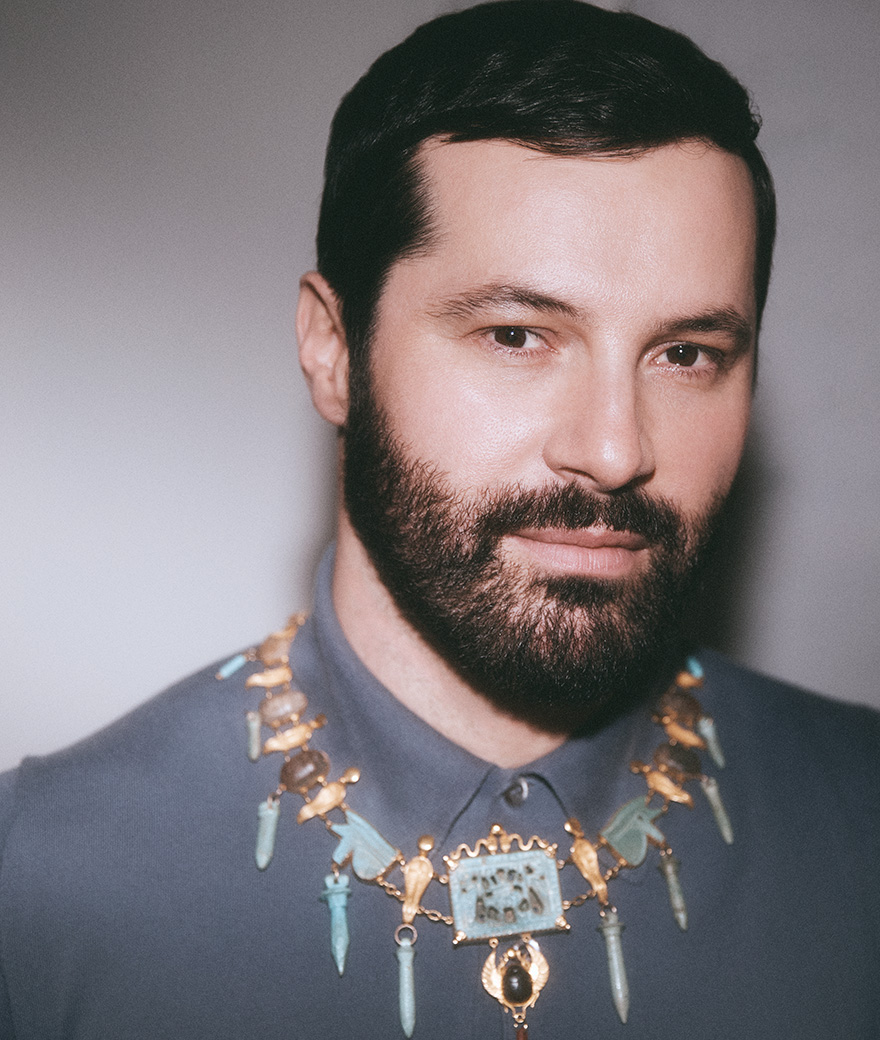A talk with Ginevra Bocini
Bitossi represents an institution in the world of Italian ceramic manufacturers. Would you tell us about its history?
Historical studies and surveys about the origins of Bitossi date all the way back to 1536, when they were registered by the Podestà of Artimino community, a small Medieval village on the bank of the Arno river. Many of our family members were kiln men, potters, kiln owners, sculptors… until Guido Bitossi senior started his own manufacture in 1921. My grandfather, Vittoriano Bitossi, chose this year to identify the beginning of his father’s business.
How did the creative and stylistic approach of the company change over time?
At the beginning of the century, the production drew inspiration from local traditions such as Harlequins, the figurative genre of Montelupo, the Raphaelesque art, graffiti… Starting from 1946 the protagonist, restless collaborator and supporter of the post-war stylistic change, was Aldo Londi. Bitossi still produces some of his icons, such as the magical Rimini Blu. The constant development of the formal and stylistic process can be identified in the company collections. It’s a world made of in-depth study, research and a lot of passion for a practice that has been handed down for generations.
Collaborations play a central role since the ’50s, when the first partnership with Ettore Sottsass has been established. How do you choose the creative people with whom to create a dialogue?
The aim is to provide different stylistic proposals with new collections inspired by the Heritage of manufacture, which can be seen at the Archivio Museo Bitossi. For each collaboration, we identify a designer – also among the emerging ones – with whom we have an affinity and who confronts directly with the company.
The constant development of the formal and stylistic process can be identified in the company collections. It’s a world made of in-depth study, research and a lot of passion for a practice that has been handed down for generations.
On the other hand, how did your passion for ceramics develop? Do you think that the proximity with the family business have somehow influenced you?
My mother, Cinzia Bitossi, has been creative director of the company for many years, so I’ve surely been influenced and fascinated by this world since I was a child. I’ve always liked to research and suggest styles and trends. I started by working on the other family brand, Bitossi Home, which is more linked to tableware, until I came to the historical Bitossi Ceramiche.
What’s your favourite part of being art director at Bitossi? And the more complex one?
This is a very complex world: you must know the job and its peculiarities, the materials, you have to face specific issues that are different for every project. You need time, experience and a lot of passion to become aware of that. You have to always listen to everyone, from the employee to the designer, and make them communicate. Projects must be shared, supported and understandood. You always need to have a loving attention for everything that’s coming to life.
How would you describe your personal approach to the ceramic material? What role do contemporary art and design play within your research?
My approach to ceramic begun years ago, during the master’s degree in the Product, Ceramic and Industrial Design Programme at the London-based University of the Arts-Central Saint Martin. This experience provided me a more creative vision of the material, linked to both industrial and artistic projects.
The last September, Mutina presented Rombini Vases by Ronan and Erwan Bouroullec, a collection of ceramic vases produced in collaboration with Bitossi. How did the project developed?
I loved the project since the first time I saw it. Ronan and Erwan Bouroullec pay great attention to the tactile quality of the matter, as well as to the chromatic one. We need only to think of the project they have realised for Bitossi several years ago: Lampalumina. In the case of Rombini Vases, the difficult part was to realise the container for the external decoration, featuring the elements of Rombini Triangle XS, provided by Mutina and installed one by one. We had to turn the cylinders by millimeter, assemble the strips and lock them on the top. Different materials, different phases… very complex.
Do you remember the first time you get in touch with Mutina? What did strike you the most about our company?
I visited Mutina at the opening of MUT. It’s a modern and dynamic company that took different aspects into consideration: it’s a gallery, a space open to international dialogue, ceramic avant-garde – but not only ceramic! –, applied research in different fields. The company was born as a tile manufacturer, but nowadays it is much more.
What if Bitossi never existed? What would you be be doing now?
I’m sure I would be working in an other field where aesthetic and creativity are important, since they reflect my significantly artistic character.
You have to always listen to everyone, from the employee to the designer, and make them communicate. Projects must be shared, supported and understandood. You always need to have a loving attention for everything that’s coming to life.

